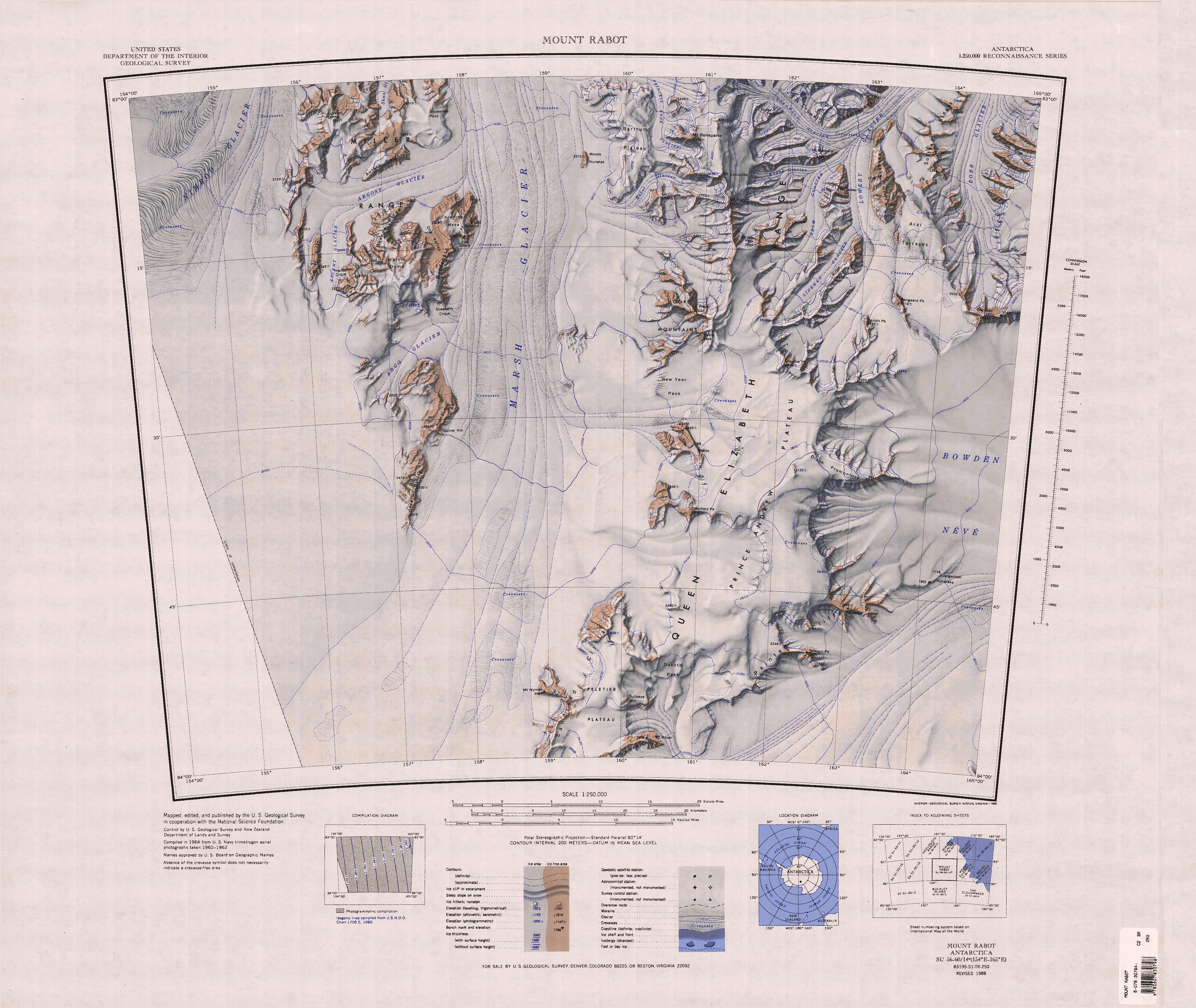Dakota Pass on:
[Wikipedia]
[Google]
[Amazon]
The Peletier Plateau () is an ice-covered plateau, about long and wide, forming the southern part of Queen Elizabeth Range.

 The Peletier Plateau is in the southwest of the Queen Elizabeth Range between the head of Marsh Glacier to the west and Law Glacier to the southeast.
Mount Allsup is at its southern tip, at the southwest end of the Canopy Cliffs, which face the Law Glacier.
Mount Ropar is at the northeast end of the Canopy Cliffs.
The Sandford Cliffs extend along the west side of the plateau, facing the Marsh Glacier. Mount Wyman stands west of them, extending into the glacier.
Bullseye Mountain and Dakota Pass are to the northeast of the plateau, leading to Prince Andrew Plateau.
The Peletier Plateau is in the southwest of the Queen Elizabeth Range between the head of Marsh Glacier to the west and Law Glacier to the southeast.
Mount Allsup is at its southern tip, at the southwest end of the Canopy Cliffs, which face the Law Glacier.
Mount Ropar is at the northeast end of the Canopy Cliffs.
The Sandford Cliffs extend along the west side of the plateau, facing the Marsh Glacier. Mount Wyman stands west of them, extending into the glacier.
Bullseye Mountain and Dakota Pass are to the northeast of the plateau, leading to Prince Andrew Plateau.
Exploration and name
The Peletier Plateau was named by the United States Advisory Committee on Antarctic Names (US-ACAN) for Rear Admiral Eugene Peletier, CEC,United States Navy
The United States Navy (USN) is the maritime service branch of the United States Armed Forces and one of the eight uniformed services of the United States. It is the largest and most powerful navy in the world, with the estimated tonnage ...
, Bureau of Yards and Docks, who was of assistance to Rear Admiral George J. Dufek
George John Dufek (10 February 1903, Rockford, Illinois – 10 February 1977, Bethesda, Maryland) was an American naval officer, naval aviator, and polar expert. He served in World War II and the Korean War and in the 1940s and 1950s spent much ...
in the preparation of United States Navy Operation Deep Freeze
Operation Deep Freeze (OpDFrz or ODF) is codename for a series of United States missions to Antarctica, beginning with "Operation Deep Freeze I" in 1955–56, followed by "Operation Deep Freeze II", "Operation Deep Freeze III", and so on. (There w ...
II, 1956–57.
Location

 The Peletier Plateau is in the southwest of the Queen Elizabeth Range between the head of Marsh Glacier to the west and Law Glacier to the southeast.
Mount Allsup is at its southern tip, at the southwest end of the Canopy Cliffs, which face the Law Glacier.
Mount Ropar is at the northeast end of the Canopy Cliffs.
The Sandford Cliffs extend along the west side of the plateau, facing the Marsh Glacier. Mount Wyman stands west of them, extending into the glacier.
Bullseye Mountain and Dakota Pass are to the northeast of the plateau, leading to Prince Andrew Plateau.
The Peletier Plateau is in the southwest of the Queen Elizabeth Range between the head of Marsh Glacier to the west and Law Glacier to the southeast.
Mount Allsup is at its southern tip, at the southwest end of the Canopy Cliffs, which face the Law Glacier.
Mount Ropar is at the northeast end of the Canopy Cliffs.
The Sandford Cliffs extend along the west side of the plateau, facing the Marsh Glacier. Mount Wyman stands west of them, extending into the glacier.
Bullseye Mountain and Dakota Pass are to the northeast of the plateau, leading to Prince Andrew Plateau.
Features
Mount Allsup
. A rock peak, high, marking the southwest limits of the Canopy Cliffs. Named by US-ACAN for Clifford C. Allsup, Aviation Machinist's Mate, United States Navy, who was injured during Operation Deep Freeze II, 1956-57.Canopy Cliffs
. Steep cliffs extending from Mount Allsup to Mount Ropar on the southeast side of the Peletier Plateau. A descriptive name applied by the Northern Party of theNew Zealand Geological Survey Antarctic Expedition The New Zealand Geological Survey Antarctic Expedition (NZGSAE) describes a series of scientific explorations of the continent Antarctica. The expeditions were notably active throughout the 1950s and 1960s.
Features named by the expeditions 1957 ...
(NZGSAE) (1961-62), suggesting the precipitous nature of the cliffs.
Mount Ropar
. A mountain, high, at the east extremity of the Canopy Cliffs. Named by US-ACAN for Nicholas J. Ropar, Jr., Weather Central meteorologist at Little America V, 1958.Sandford Cliffs
. Distinctive, mainly ice-free cliffs constituting the western limits of the Peletier Plateau. Named by the N.Z. Southern Party of the CTAE (1956-58) for N. Sandford, IGY scientist at Scott Base in 1957.Mount Wyman
. A mountain, high, at the end of the rock spur running west from the Sandford Cliffs. Named by US-ACAN for Carl O. Wyman, ionospheric scientist at Little America V, 1957.Bullseye Mountain
. A rounded, mainly ice-covered mountain rising above the Peletier Plateau northwest of Mount Ropar. The name given by US-ACAN is descriptive of the semicircular bands of snow on the south side of the mountain.Dakota Pass
. A low pass in the Queen Elizabeth Range, to the east of the Peletier Plateau. Named by NZGSAE (1961-62) because the pass was used by a Dakota R4D (new designation Skytrain C-47) plane on a reconnaissance flight into the area.References
Sources
* * * *{{Include-USGov , agency=United States Geological Survey Plateaus of Oates Land